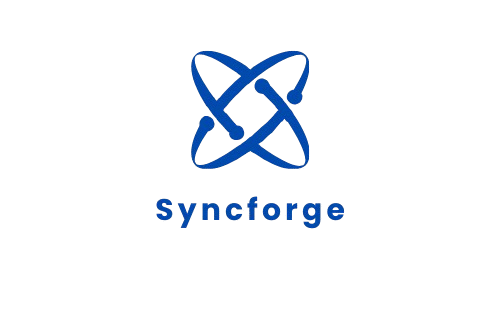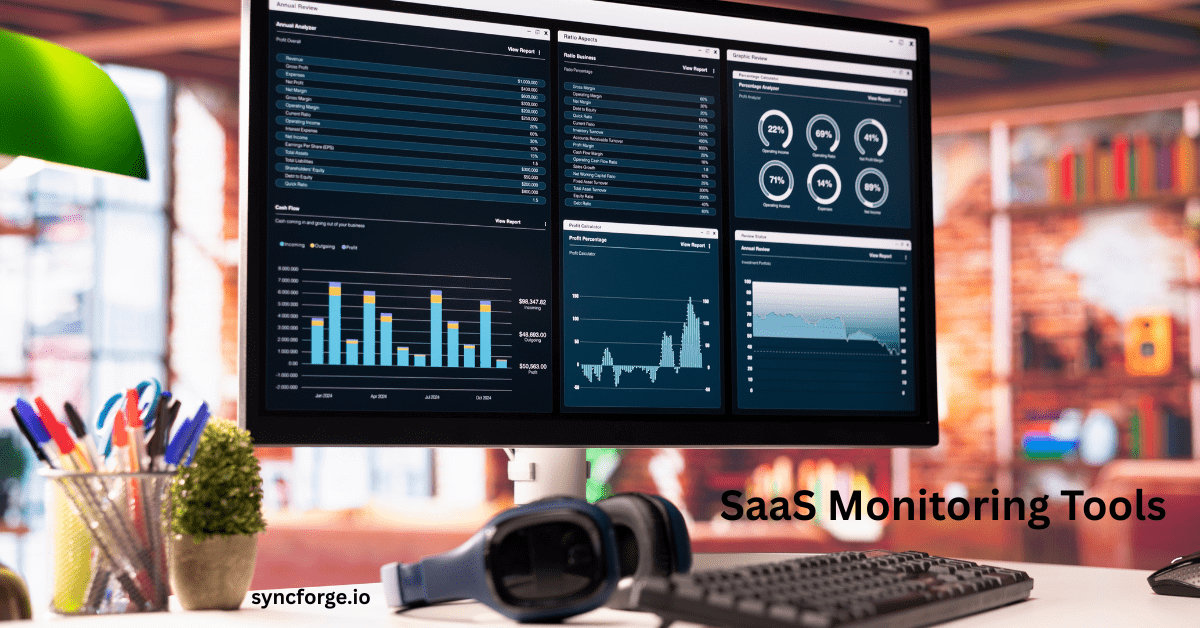AI SaaS Product Classification Criteria Benefits Disadvantages & Business Insight Explained

Introduction:
AI-powered software-as-a-service (SaaS) products have transformed all sectors of the economy. From healthcare diagnostics to market automation, every segment is dependent on them to some extent. However, the abundance of AI SaaS products left investors and buyers with a question: how do we organize this complex ecosystem?
AI SaaS product classification provides a solution to their problem. It is the practice of categorizing AI-backed cloud software into distinguishable groups based on their functionality, pricing models, technology, and industry applications.
A well-structured taxonomy and AI SaaS product classification criteria help you select the most suitable tool for your business, tailored to your needs and industry standards. Taxonomy simplifies market understanding and the complexities of decision-making, but it has some downsides as well.
This in-depth guide aims at exploring the AI SaaS product classification benefits disadvantages to support buyers and investors in making the right choice.
What Is AI SaaS Product Classification?
AI SaaS taxonomy, also known as the AI software market segmentation, can be defined as the process of grouping AI-based software into recognizable segments based on their common features. It is usually done in three main ways:
By Technology
AI SaaS products can be classified by the depth of their technical intelligence and the power of their underlying AI capability, such as machine learning platforms, natural language processing (NLP) tools, computer vision services, predictive analytics SaaS, and generative AI models
By Function
It refers to how they solve problems and highlight the purpose of products. They are classified based on which pain point of the industry they are addressing. For instance, Customer service chatbots, fraud detection platforms, marketing automation tools, supply-chain optimization software
By Industry Vertical
Products are also classified on the basis of their niche and targeted industry. Whether they are for all or only for one specific sector. For example, Healthcare AI SaaS, finance AI applications, manufacturing analytics, and retail recommendation engines.
AI SaaS product classification facilitates the investors and policy makers by making the rapidly expanding landscape easier to navigate.
AI SaaS product classification Criteria benefits disadvantages help buyers and investors in comparing products, spotting trends, and positioning their product. However, classification also has some limitations, including over-simplification, AI bias, and misclassification, etc. Lets dive into AI SaaS product classification benefits disadvantages:
Benefits of AI SaaS Product Classification
1. Improved Market Analysis and Benchmarking
Structured categories of AI SaaS products help analysts, venture capitalists, and research firms to track which categories are expanding and shrinking. It allows them to compare different products within the same category and easily spot leaders and laggards in each group.
Grouping tools make it easier to identify emerging market segments, compare their growth rates, and spot investment opportunities among them
For example, investors can quickly evaluate where to put their money by comparing the growth trend of AI marketing automation versus AI-powered healthcare diagnostics. These insights were not possible without classification.
2. Better Product Discovery for Buyers
AI SaaS product classification Criteria benefits empowers buyers and CTOs to quickly navigate to their desired category in no time. It has made the software selection process a low-hanging fruit.
Taxonomy acts as a filter in the crowded SaaS market to identify AI SaaS tools. It tells you where this product fits in the market. You can simply go to your desired category, make an easy comparison among competing vendors, and make the best pick.
Whether you are looking for customer service chatbots or predictive analytics SaaS solutions, classification will minimize the time and risks involved.
3. Strategic Planning and Go-To-Market Insights
If you are building your own AI SaaS offering, you can gain strategic value from the AI SaaS product classification Criteria:
- Positioning:
Categorization will help you clearly define what your product is and where it fits. It will give you a clear understanding if your platform should be positioned as a generative AI SaaS platform or a data analytics engine. It will positively influence your marketing messages and investor communications.
- Competitive intelligence
You can observe how your competitors are grouped and identify white spaces and opportunities. It prevents overlap and encourages businesses to create more efficient, profitable, and precise marketing efforts.
- Pricing Strategy:
Each segment has its own specific pricing norms. Some have volume-based subscriptions, others may have premium pricing. Classification allows businesses to define their pricing models according to customer expectations.
4. Facilitates Standards and Compliance
After the integration of AI into every sector, the regulatory wave around AI is getting tighter with the flow of time. THE EU AI Act and U.S. AI safety standards provide ethical and compliance frameworks for Artificial Intelligence. AI software market segmentation makes it easier to adopt these frameworks.
Segmentation allows you to meet industry-specific privacy and security standards. It enforces AI transparency and bias guidelines to ensure fairness. Taxonomy allows monitoring compliance across categories such as healthcare AI SaaS and financial services AI.
5. Supports Academic and Industry Research
Researchers find it easy to study the impact of AI SaaS on global markets when products are organized into boxes. Taxonomy provides a level playing field for comparative studies, cross-industry analysis for universities, and think tanks.
Disadvantages and Challenges of AI SaaS Product Classification
No rose is without thorns. Classification also has a few setbacks. Let’s have a quick look
1. Risk of Over-Simplification
AI SaaS products hardly fit clearly into one box; they usually overlap multiple categories. For instance, a single product can have a fusion of natural language processing with predictive analysis and computer vision. Forcing it into a single category or rigid classification can underplay the versatile nature of advanced AI software.
2. Rapid Technological Change:
Classification frameworks cannot keep up with the pace of AI evolution as it is evolving expeditiously. A few years ago, no one knew about categories like large language models (LLMs) or generative AI SaaS, but today they are dominating AI discussions. AI SaaS product taxonomy requires constant updates; otherwise, they are at continuous risk of being outdated.
3. Subjectivity and Bias
Who defines the standards and rules of classification?
Analysts, vendors, and industry insiders cannot be completely unbiased while defining categories. An analyst may group tools differently from the vendor, leading to bias or inconsistency. Investors and buyers may get confused due to the confusion arising from inconsistencies
4. Maintenance Costs
Regular market research, continuous data updates, and coordination across multiple stakeholders are summed up to maintain the AI SaaS categorization system. The cost to maintain accurate classification usually outweighs the benefits for small startups.
5. Potential Misalignment with Real-World Use
Users often blur the lines between categories by using the software beyond its intended categories. End users may adopt predictive analytics SaaS for fraud detection, whereas it is designed for forecasting future trends.
Guidelines to Build an Effective AI SaaS Taxonomy
The following are the best practices for building an effective AI SaaS taxonomy:
- Collaborate across industries by taking viewpoints from different experts, such as developers, analysts, and end users, to minimize bias
- To enjoy overlap and versatility, use flexible categories.
- Update regularly, at least quarterly, to keep up with new AI developments. Otherwise, things will get harder for you.
- Document your AI SaaS product classification criteria. Publish guidelines on how you have grouped products to give clarity to investors and buyers.
- Leverage AI tools such as ML and NLP to automatically classify your products by scanning product descriptions, and automate updates.
Practical Examples of AI SaaS Categorization
AI SaaS product taxonomy has its clear strategic benefits. AI SaaS product taxonomies are structured by the following consulting firms and market analysts:
- Gartner’s AI Market Guide classifies AI SaaS products based on their technology and function
- IDC’s AI Software Taxonomy grouped these tools by their deployment models and industry verticals.
- Open-source AI directories are community-driven classifications to facilitate developers and businesses by allowing them to navigate AI SaaS tools.
Future Trends
The classification of AI SaaS products will continue to evolve in line with market growth. You can expect:
- Dynamic, AI-driven taxonomies are expected in the near future that auto-update categories based on usage data and product descriptions.
- Ethical AI classification will be emphasized to ensure fairness, transparency, and compliance across categories.
- Regulators and industry leaders are expected to join hands to formulate universal standards.
Conclusion:
AI SaaS product classification Criteria is a “must” to survive in this crowded SaaS market. It is a strategic compass that assists investors and buyers in decision-making. AI SaaS product classification benefits disadvantages allow businesses and investors to make informed decisions by evaluating both its strengths and weaknesses.
Classification not only empowers you to understand the market better but also to move faster and invest smarter.
Frequently Asked Questions
What is AI SaaS product classification?
It is the process of organizing AI SaaS products into named categories based on their functionalities and technicalities.
What are notable AI SaaS product classification benefits and disadvantages?
Key benefits include benchmarking and product discovery; on the other hand, oversimplification, bias, and cost maintenance are some prominent challenges.
Is it possible to automate AI SaaS classification?
It is expected that in the near future, AI-driven taxonomies will automatically classify your tools based on their product description.
Is there any problem if my product falls into two categories?
Not really, many products fall into different categories due to their versatility.
Can I skip on AI SaaS categorization?
Skipping on AI SaaS categorization will make things harder for you, as it provides clarity to buyers and investors
CTA
Invest wisely, build strategically, and stay ahead of your competitors by learning the pros and cons of AI SaaS classification. AI software market segmentation will propel you ahead in the AI SaaS ecosystem. Explore more about SaaS on Syncforge.




